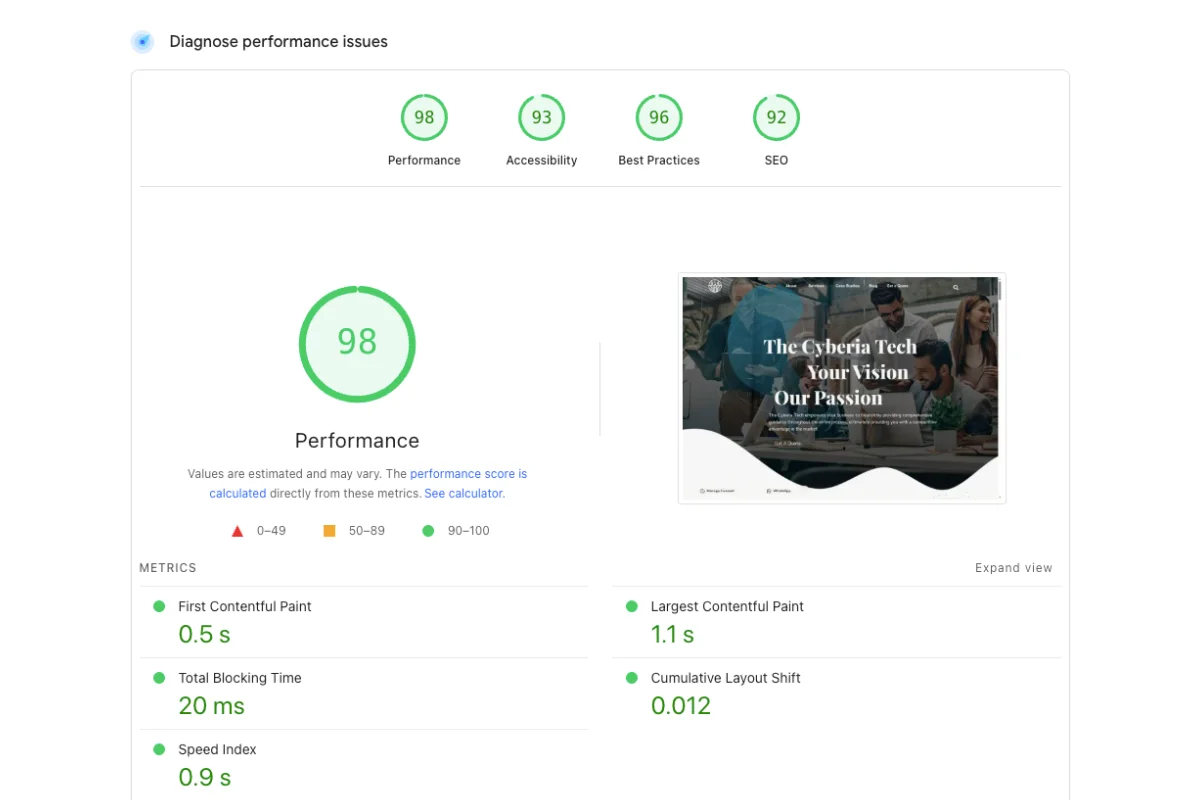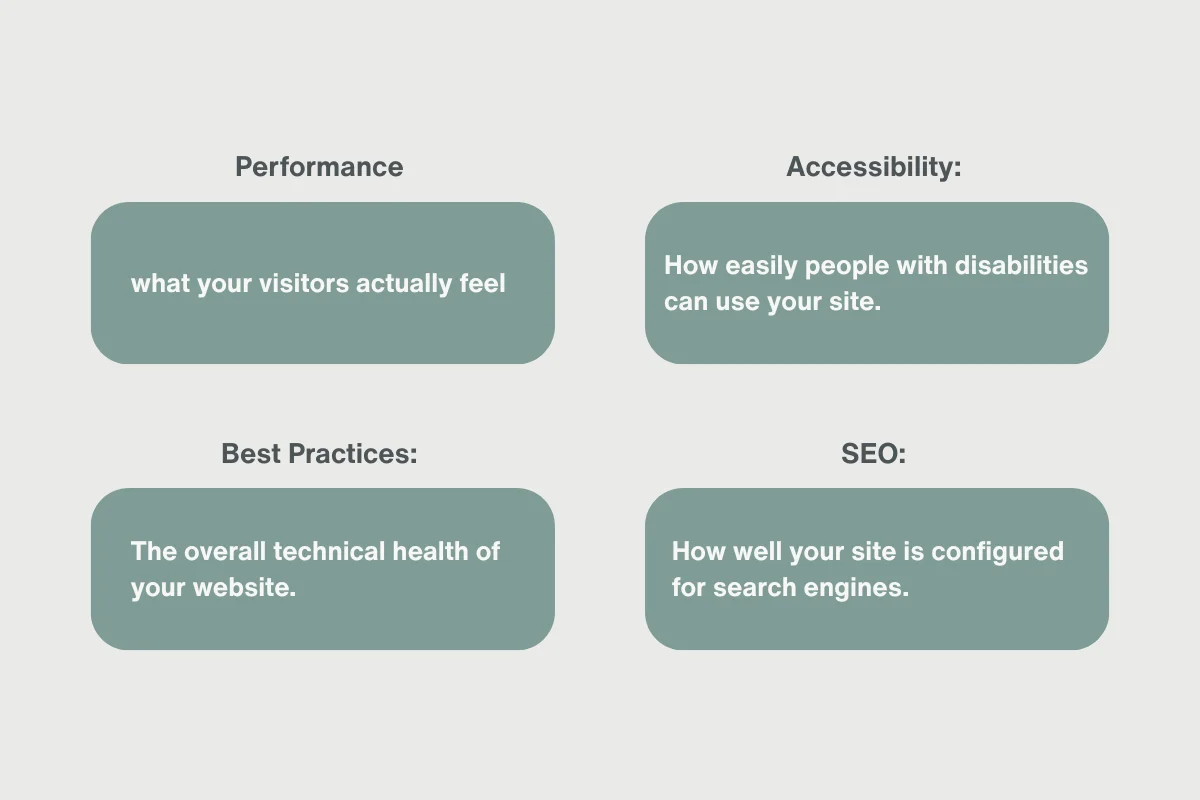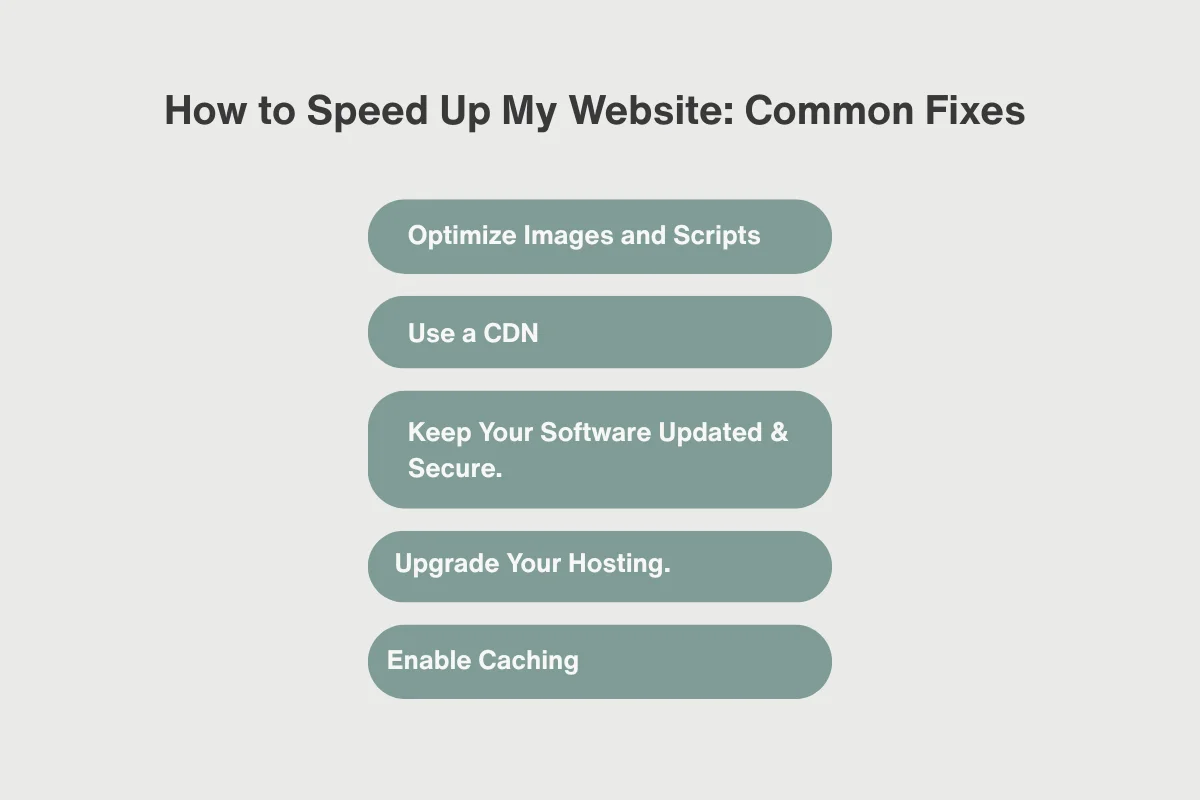In-App Purchases vs Ads: Which Strategy is Best?
You’ve created your app, and people are starting to download,...
We use cookies for our website to give you the most relevant experience by remembering your preferences. By clicking “accept”, you consent to use of ALL the cookies
This website uses cookies to improve your experience while you navigate through the website. Out of these, the cookies that are categorized as necessary are stored on your browser as they are essential for the working of basic functionalities of the website. We also use third-party cookies that help us analyze and understand how you use this website. These cookies will be stored in your browser only with your consent. You also have the option to opt-out of these cookies. But opting out of some of these cookies may affect your browsing experience.
Necessary cookies are absolutely essential for the website to function properly. These cookies ensure basic functionalities and security features of the website, anonymously.
| Cookie | Duration | Description |
|---|---|---|
| cookielawinfo-checkbox-functional | 11 months | This cookie is set by GDPR Cookie Consent plugin. The cookie is used to store the user consent for the cookies in the category “Analytics”. |
| cookielawinfo-checkbox-functional | 11 months | The cookie is set by GDPR cookie consent to record the user consent for the cookies in the category “Functional”. |
| cookielawinfo-checkbox-necessary | 11 months | This cookie is set by GDPR Cookie Consent plugin. The cookies is used to store the user consent for the cookies in the category “Necessary”. |
| cookielawinfo-checkbox-others | 11 months | This cookie is set by GDPR Cookie Consent plugin. The cookie is used to store the user consent for the cookies in the category “Other. |
| cookielawinfo-checkbox-performance | 11 months | This cookie is set by GDPR Cookie Consent plugin. The cookie is used to store the user consent for the cookies in the category “Performance”. |
| viewed_cookie_policy | 11 months | The cookie is set by the GDPR Cookie Consent plugin and is used to store whether or not user has consented to the use of cookies. It does not store any personal data. |
Functional cookies help to perform certain functionalities like sharing the content of the website on social media platforms, collect feedbacks, and other third-party features.
Performance cookies are used to understand and analyze the key performance indexes of the website which helps in delivering a better user experience for the visitors.
Analytical cookies are used to understand how visitors interact with the website. These cookies help provide information on metrics the number of visitors, bounce rate, traffic source, etc.
Advertisement cookies are used to provide visitors with relevant ads and marketing campaigns. These cookies track visitors across websites and collect information to provide customized ads.
Other uncategorized cookies are those that are being analyzed and have not been classified into a category as yet.
Cyberia Tech, Inc. respects your privacy. This Privacy Policy explains how we collect, use, and share your information. By using our services, you agree to this policy. If any other agreements conflict with this Privacy Policy, the terms of those agreements prevail.
Cyberia Tech complies with the EU-US and Swiss-US Privacy Shield Frameworks for handling personal data from the EEA, UK, and Switzerland. In case of any conflict, the Privacy Shield Principles prevail. Learn more at Privacy Shield. Key Definitions
Information linked to an individual, transferred from the EEA, UK, or Switzerland to the U.S.
Data revealing race, religion, health, sexual orientation, and similar categories.
Effective Date: [ 2025 / 12 / 08 ]
Welcome to The Cyberia Tech ! By accessing or using our website or services, you agree to
comply with and be bound by these Terms of Use and our Privacy Policy. If you do not agree with
these terms, please do not use our Services.
Loading
0 %

If you’re asking yourself, “Why is my website so slow?“, you’ve come to the right place. It’s one of the most common and frustrating problems for business owners, and it’s not just a technical issue. It’s a business issue. A slow website can directly impact your bottom line, as every extra second a customer has to wait is a chance for them to leave and never come back.
But fixing website loading issues for businesses doesn’t have to be a mystery reserved for developers. This guide is designed for you, the business owner. We’ll walk you through why speed matters, how to get a free, instant “report card” on your site’s performance, and the exact steps you can take to improve website load time.
Before we go into the details, let’s be clear about what’s at risk. A slow website isn’t just a nuisance; it’s actively working against your business goals.
The User Experience: Think about your own online behaviour. If a page takes too long to load, you hit the “back” button. Your customers are no different. Google data shows that if a page load time goes from 1 to 5 seconds, the probability of a user leaving increases by a staggering 90%. In short, a slow website is losing you customers before they even see what you have to offer.

Your Google Ranking: Google’s primary goal is to provide users with the best possible results, and that includes a fast, smooth experience. For that reason, page speed is a major ranking factor. Google even measures specific user experience metrics like LCP (Largest Contentful Paint: how fast the main content loads), FID (First Input Delay: how fast the page responds to a click), and CLS (Cumulative Layout Shift: how much the page jumps around while loading). Poor scores here directly harm your ranking.
The Impact on Sales: Every millisecond counts. Global brand Vodafone discovered this when they improved their website’s load time by 31%. The result? A direct increase of 8% in sales. For any business, that’s a powerful demonstration of how performance translates directly into revenue.
Now, let’s stop guessing and get some real data. The best place to start is with a free tool from Google that acts as a report card for your website’s health.
Google PageSpeed Insights is a powerful, free tool that analyzes your website and gives you a score from 0 to 100 on its performance. It’s the industry standard and the perfect starting point for your optimization journey.
We encourage you to open it in a new tab right now, enter your website’s address, and get your own report.
Transparency is important. We ran our own website, cyberia.tech, through the tool to show you what a report looks like. As you can see, we practice what we preach, but there’s always room for improvement!

Once you enter your website address you can see your report for the desktop and mobile version; for either one you’ll see a main score and four categories. Here’s what they mean for your business:

Now that you have your report, you can use it to guide your actions. Let’s look at the most common web performance issues and how to fix them, broken down by the categories in your report.
If your Performance score is in the red or orange, these three areas are almost always the cause. Fixing them will give you the biggest and fastest improvements.
Large, uncompressed images are the #1 cause of slow websites. Compress Them: Before you upload any image, run it through a free online tool like TinyPNG to shrink its file size without losing visual quality.
Use Modern Formats: Use next-generation image formats like WebP, which offers much smaller file sizes than traditional JPGs or PNGs. Many modern platforms can convert these for you automatically.
Resize Correctly: Don’t upload a giant 4000-pixel image if it’s only going to be displayed in a 500-pixel space. Resize images to their final dimensions before uploading.
Audit Your Plugins: Too many plugins or third-party scripts (like tracking codes, chat widgets, or social media feeds) can bog down your site. Deactivate and delete any you don’t absolutely need.
Minify Code: Minification removes unnecessary characters (like spaces and comments) from your website’s code (CSS, JavaScript) to reduce its size. Caching plugins often have a feature to do this with one click.

What it is: A Content Delivery Network (CDN) is a network of servers around the world that stores a copy of your website’s static files (like images and code). When a user visits your site, the CDN delivers those files from the server physically closest to them.
Why it works: If your business is in New York and your customer is in London, a CDN prevents their request from having to travel all the way across the Atlantic and back. The result is a much faster experience for international visitors or those far from your main server. Services like Cloudflare offer excellent free plans to get started.
Issues in these categories often point to foundational problems that affect more than just speed.
Answering the question, “Why is my website so slow?” is the first step on a journey from a frustrating liability to a high-performance asset. You now understand the high cost of a slow site, how to get a free performance report card, and the key areas that deliver the biggest results. By turning your slow website into a high-performance asset, you create a better experience for your customers and a stronger foundation for your business.
Your Action Plan:
If your scores are low and you need an expert partner to help fix your slow business website with a full website performance optimization strategy, don’t hesitate to reach out at The Cyberia Tech.
You Can Get More Information!
